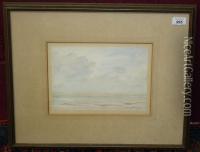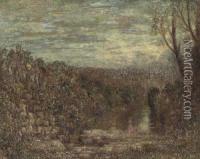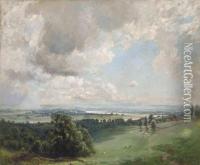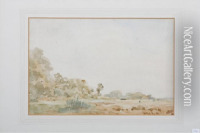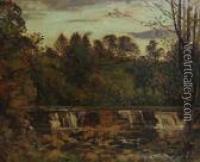Philip Wilson Steer Paintings
Philip Wilson Steer was an influential British painter of the late 19th and early 20th centuries, renowned for his contributions to the Impressionist and Post-Impressionist movements in England. Born on December 28, 1860, in Birkenhead, Steer was the son of a portrait painter, which influenced his early exposure to and interest in the arts. He studied at the Gloucester School of Art and later at the Royal Academy Schools, where he began to develop his unique style.
Steer's early works were primarily focused on landscapes and coastal scenes, infused with the light and color techniques that characterized the French Impressionist movement. After traveling to France and being exposed to the works of Claude Monet and Edgar Degas, Steer began to incorporate these influences into his own paintings, which were characterized by their subtle use of light and color, and innovative brushwork.
Throughout the 1890s, Steer's reputation grew as he became a prominent figure within the New English Art Club, an institution that aimed to challenge the conservative nature of the British art establishment. His work during this period reflects a shift towards a more free, impressionistic style, often capturing the fleeting effects of light on landscapes and seascapes.
In the early 20th century, Steer's style evolved yet again, showing an increased interest in the figure and a more nuanced approach to portraying everyday life and environments. Despite his progressive techniques, he never fully abandoned the subject matter of landscapes, which remained a constant throughout his career.
Steer's contributions to British art were recognized later in his life. He was appointed as a Professor of Painting at the Royal College of Art and received many honors, including an election as an Associate of the Royal Academy in 1906 and a full membership in 1931. Philip Wilson Steer passed away on March 18, 1942, leaving behind a legacy as a pivotal figure in the transition of British art from Victorian to modernist sensibilities.

